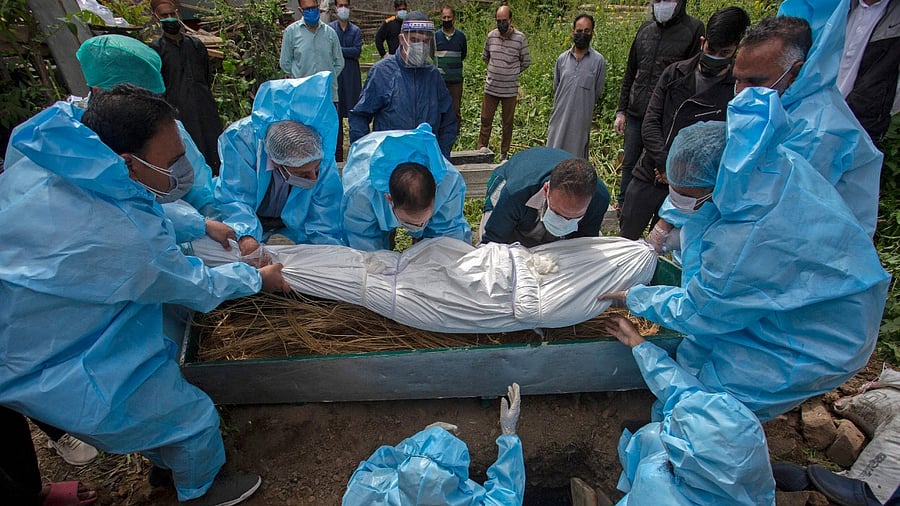
The Union Health Ministry on Thursday accused the World Health Organisation (WHO) of releasing its report on excess death during the Covid pandemic in a haste without addressing India’s concerns on the methodologies adopted for the modelling exercise and data source.
The ministry said it sent at least 10 formal communications to the UN body between November 2021 and May 2022 narrating New Delhi’s concerns, but the WHO for reasons best known to them conveniently chose to ignore the available (Civil Registration System) data submitted by India and published the excess mortality estimates for which the methodology, source of data, and the outcomes were questioned by India.
“It is a known fact that modelling, more often than not, can lead to overestimation and on a few occasions, these estimates may stretch to the limits of absurdity.”
The ministry said India had pointed out the inconsistencies in the criteria and assumptions used by the WHO to classify countries into Tier I and II as well as questioned the very basis for placing India into Tier II countries (for which a mathematical modelling estimate is used).
India had also underlined the fact that given the accuracy of the mortality data collected through an effective and robust statutory system, India doesn’t deserve to be placed in Tier II countries. WHO till date has not responded to India’s contention.
The tier classification, according to the WHO, is a simple grouping of countries based on mortality data availability. Countries are classified as Tier I countries if complete and nationally representative monthly all-cause mortality data for the specified period have been made available to WHO.
Countries categorised as Tier II include nations for which WHO does not have access to the complete data and requires the use of alternative data sources or the application of scaling factors to generate the national aggregate. For such countries, WHO also utilises sub-national data if available.
India’s other objections include unofficial data sources for 17 states, use of the Global Health Estimate of 2019 for the modelling and considering a uniform test positivity rate for the entire country. The ministry blamed the WHO for taking recourse to a “one-size-fits-all” approach.
“The model adopted for estimating excess deaths is not a ‘one-size-fits-all’ approach. WHO in collaboration with the Technical Advisory Group scrutinises the relationships between excess mortality and certain contextually relevant variables in locations with good quality data to estimate excess mortality in countries with limited data,” the UN body counters.

